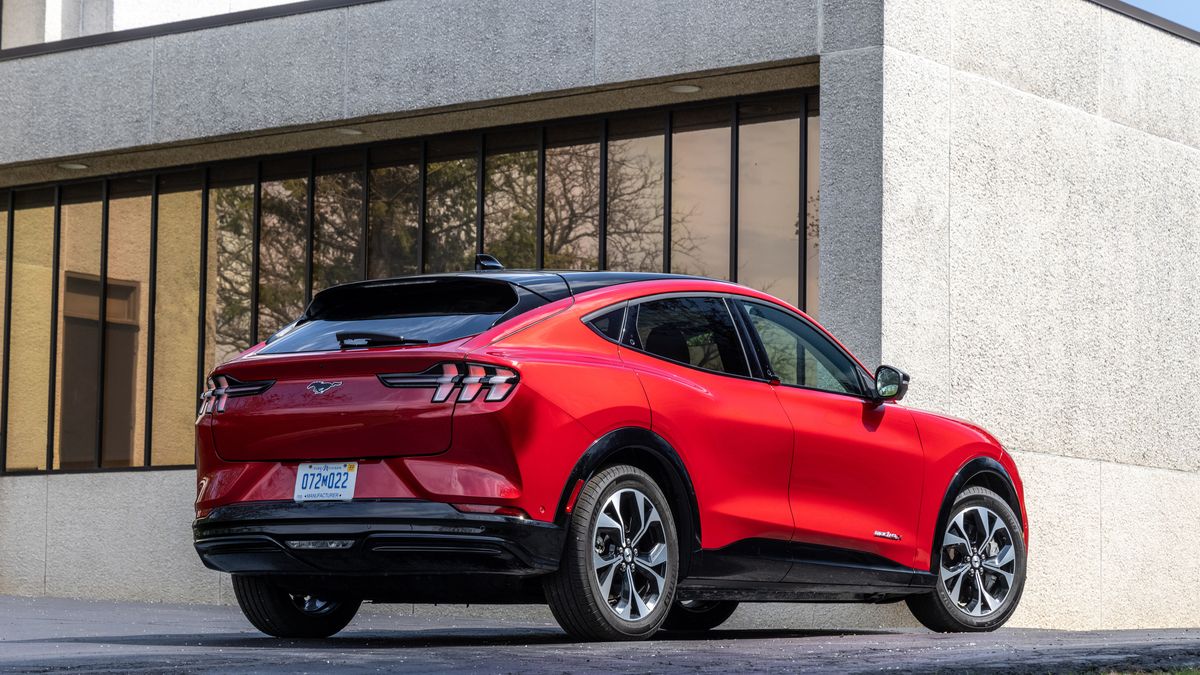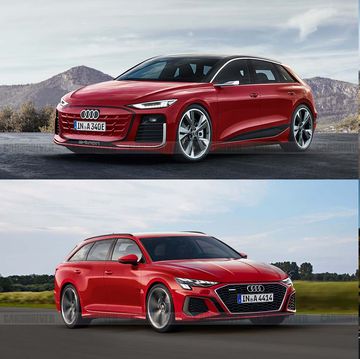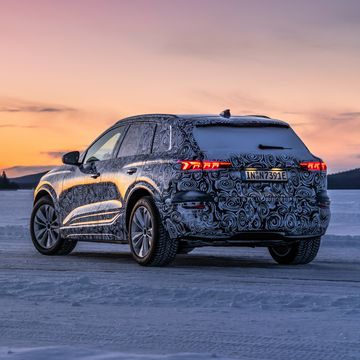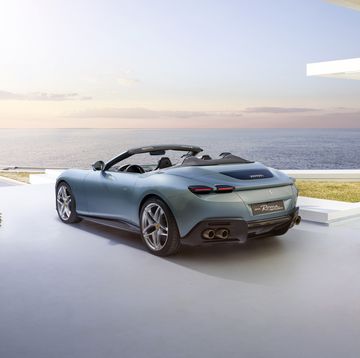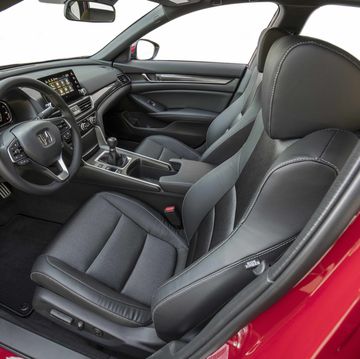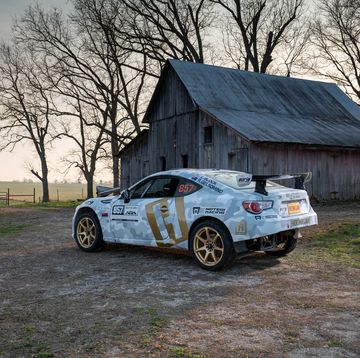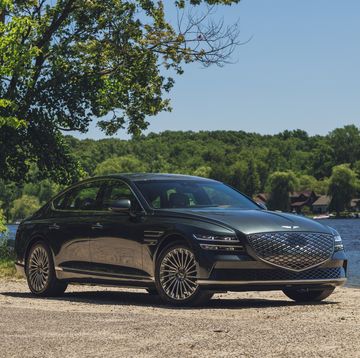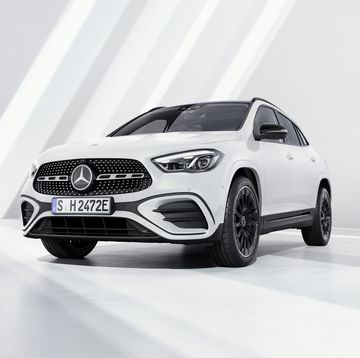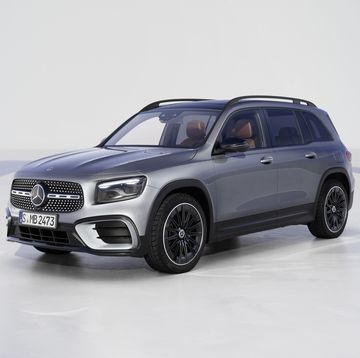- The U.S. Treasury Department today announced new vehicle classifications that will allow more vehicles to qualify as SUVs and get the newly updated EV tax credits.
- The new rules consider the Cadillac Lyriq, the Ford Mustang Mach-E, the Tesla Model Y, and others to be SUVs and thus eligible under a higher $80,000 MSRP limit.
- The rules change is retroactive, so anyone who bought a vehicle since January 1, 2023, that now qualifies can claim the credit.
More changes are coming to the complicated federal tax credit rules that involve EVs. The latest update notably allows more models to now classify as SUVs, raising their MSRP price limit from the $55,000 cap used for cars up to $80,000—pickup trucks and vans also fall into this category.
It's All in How They Look at It
The U.S. Treasury Department today announced new standards for vehicle classifications, which are implemented as part of the Inflation Reduction Act (IRA). The IRA gave the decision of how to classify these vehicles to Secretary of the Treasury Janet Yellen, using criteria similar to those used by the Environmental Protection Agency (EPA) and the Department of Energy (DOE) to determine vehicle size and class .
The Treasury Department had been classifying vehicles using the EPA's CAFE standards, but it will now switch to a system based on the Fuel Economy Labeling standard. While the old rules will remain in effect until the proposed regulations are made official—we don't know when that will be—the Treasury Department said if you purchased an EV in 2023 that previously didn't qualify but now does, you can still claim the credit. Both Ford and Tesla recently announced price cuts for their vehicles that will now qualify even at higher prices.
The IRA was signed into law in August, but it wasn't until late December that the Internal Revenue Service defined some of the terms in the law, which finally clarified which EVs would qualify for the rebate with the start of the new year. As part of today's announcement, the Treasury Department reminded everyone that it will further clarify its guidance on critical minerals and batteries in March.
This Affects Both Automakers and Buyers
Ford, GM, and Tesla all supported changing the former rules. GM told Car and Driver in a statement that tax credits are "a proven accelerator of electric vehicle adoption" and said the Treasury "aligning" with the CAFE standards "will provide the needed clarity to consumers and dealers, as well as regulators and manufacturers."
At Ford, chief government affairs officer Chris Smith told C/D: "We recognize that the Treasury Department has a huge task in front of them in implementing the Inflation Reduction Act. We sincerely appreciate their consideration and hard work to make sure that more customers are able to access clean vehicle tax credits under the Act."
For EV buyers, the change means a few vehicles that were previously subject to a lower price limit qualify—or, at least, more expensive trim levels qualify—because now they're considered SUVs instead of cars. For example, the Cadillac Lyriq, the Ford Mustang Mach-E, the Tesla Model Y, and the Volkswagen ID.4 are specifically affected.
The Treasury Department said, "This change will allow crossover vehicles that share similar features to be treated consistently."
Sebastian Blanco has been writing about electric vehicles, hybrids, and hydrogen cars since 2006. His articles and car reviews have appeared in the New York Times, Automotive News, Reuters, SAE, Autoblog, InsideEVs, Trucks.com, Car Talk, and other outlets. His first green-car media event was the launch of the Tesla Roadster, and since then he has been tracking the shift away from gasoline-powered vehicles and discovering the new technology's importance not just for the auto industry, but for the world as a whole. Throw in the recent shift to autonomous vehicles, and there are more interesting changes happening now than most people can wrap their heads around. You can find him on Twitter or, on good days, behind the wheel of a new EV.
